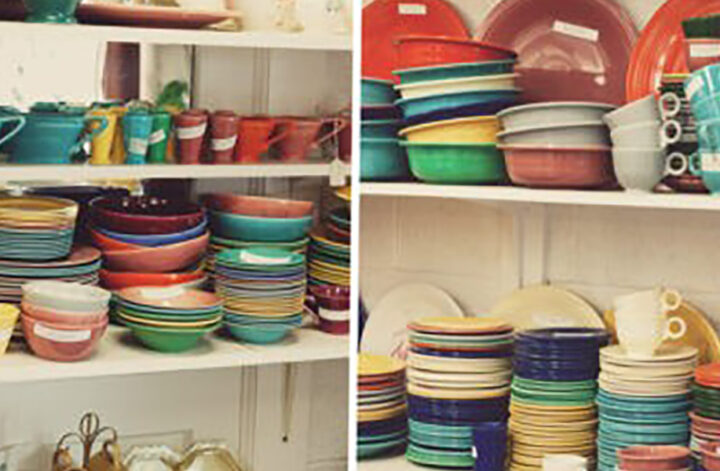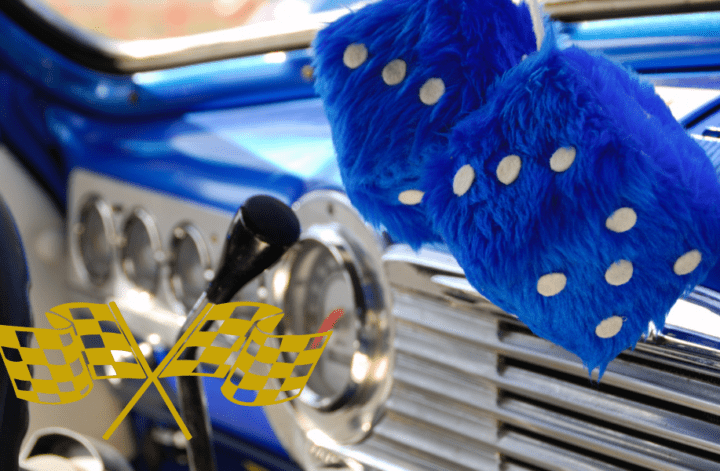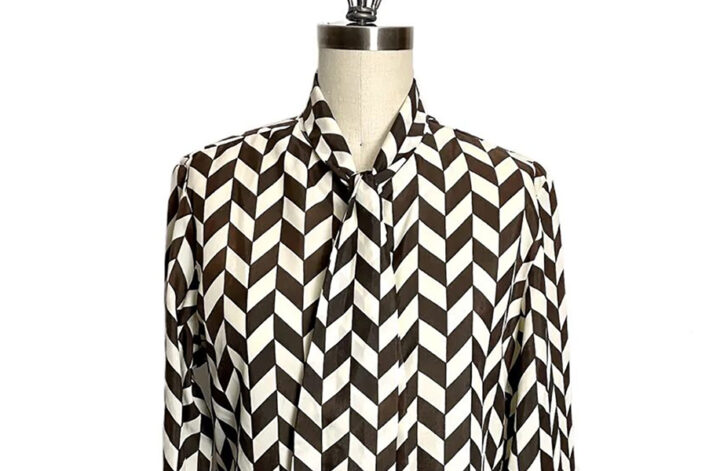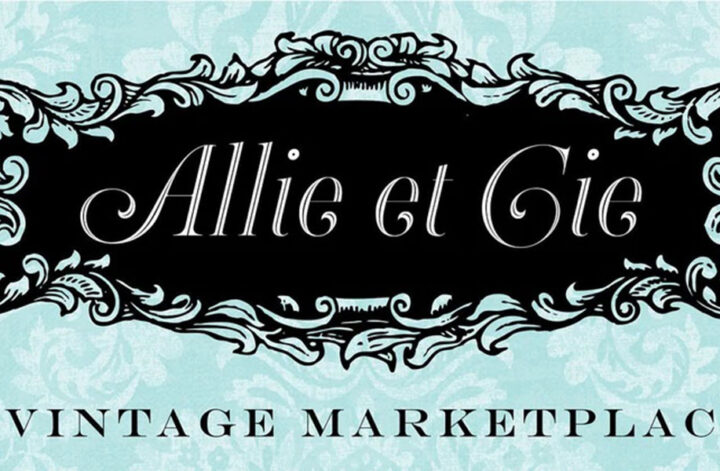Let me introduce you to a few of my favorite things, Fiestaware is one of them. I admit I’m a collector. It has its advantages. You can wander the aisles of the local flea without guilt because you are always on the hunt for the next perfect addition to your collection.
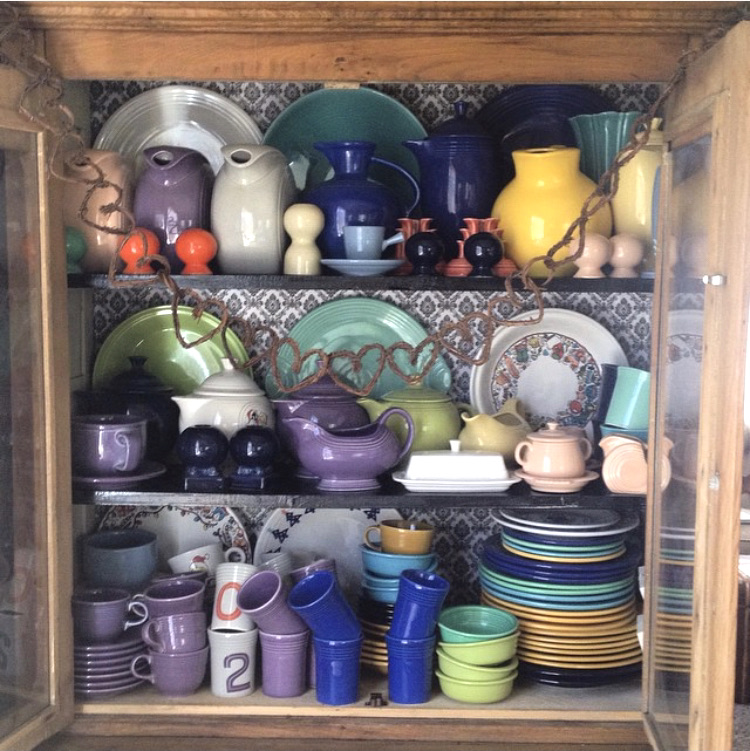
I started collecting Fiesatware at 20. My first collection began out of necessity. I moved into my first apartment on my own. My grandmother had recently passed and much of her household had been stored in my mother’s garage. I needed dishes and found a stash of Fiestaware that had belonged to my grandmother. I dug through the garage and grabbed everything I could. Of course, my grandmother’s dishes, glassware, and miscellaneous household items came home with me. From there my fascination with these colorful and durable dishes only grew. Realizing the set wasn’t complete, I set out to find more pieces. Almost 40 years later, I have begun to divest my collection but still retain a few special pieces.
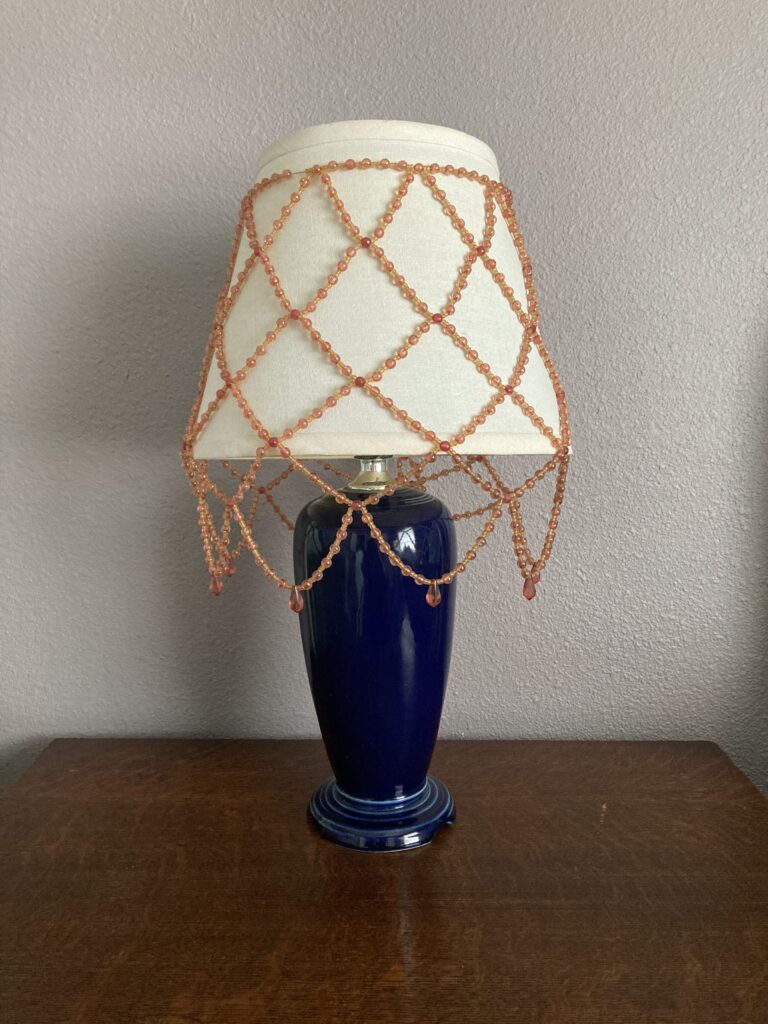
Over the years I learned much about my beloved dishes. The Homer Laughlin China Company originally created Fiesta as an answer to the more casual lifestyle of the 1930s where families ate at the kitchen table rather than in the formal dining room. My collection grew to include many rare pieces along with some produced specifically for collectors rather than utilitarian items. My most prized piece is my Cobalt table lamp sold exclusively at J.C. Penney department stores in 1993. They did not sell well and were quickly discontinued. Along with my Fiestaware collection grew another collection, one filled with books about Fiestaware.
Homer Laughlin began producing Fiestaware in 1936. It originally came in only five colors. Red, Cobalt, Yellow, Light Green, Old Ivory, in 1937 Turquoise was added. Red has become known as radioactive red due to the uranium used to produce the color. Over the years other colors were added and some discontinued. The 1960s brought an end to the bright colors and earth tones replaced them. This was short-lived and finally in 1972 production ceased altogether.
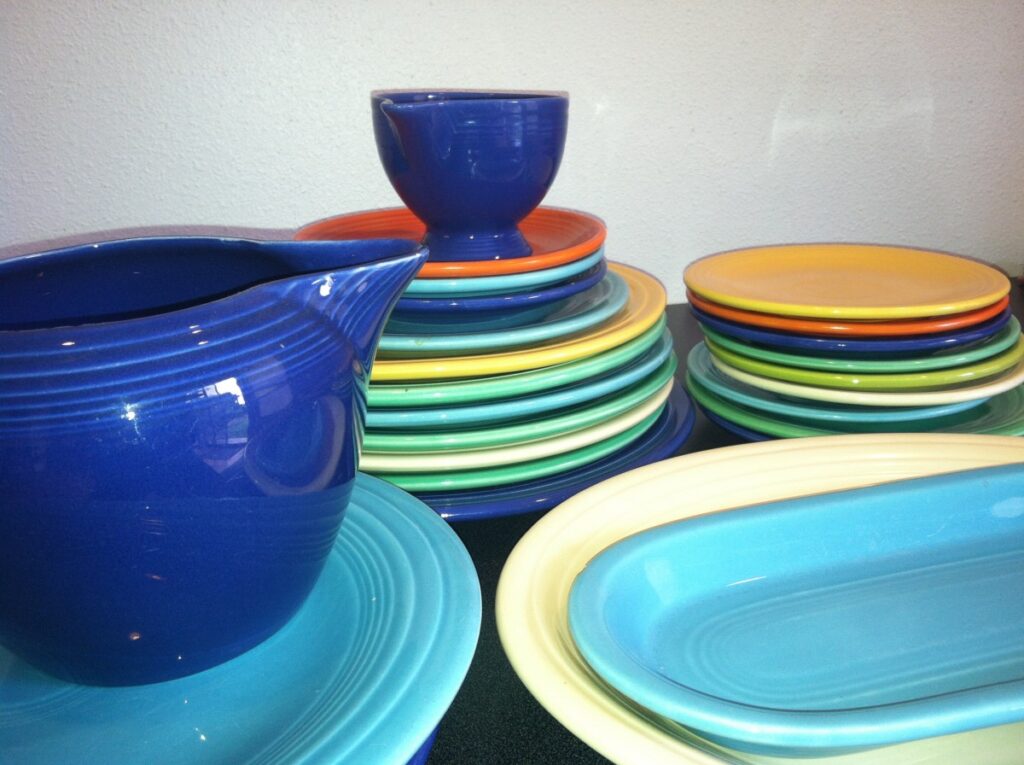
By the mid-1980s, the bright colors of Fiestaware had become so popular it was brought out of retirement to be renewed in 1986, originally having an exclusive agreement with Bloomingdale’s department store. P86 Fiesta, as it’s known, is now produced in a variety of colors and designs and is widely available. It has the distinction of being the best-selling American dinnerware in history.
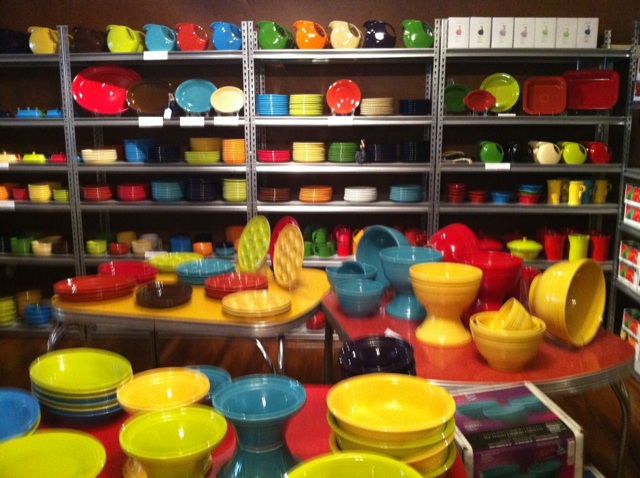
Since I’ve moved on and sold off or given away most of my Fiestaware, I’ve begun to collect other things, I have a soft spot for old linens, doilies, tea towels, and such that are always on my radar. I’ve also begun a small collection of artisan-made small pottery. No matter what I collect one of my favorite things will always be Fiestaware since it will always remind me of my grandmother.
For more information on Fiestaware check out the Homer Laughlin Fiestaware website here. What do you collect and how did your collecting journey begin? Tell us in the comments. For more articles on collecting from Vintage Unscripted click here.

